html
The Sino-US Tariff War Escalates: Global Trade Faces Seismic Shifts
Stay informed: As the world’s two largest economies lock horns in an escalating trade conflict, the ramifications ripple across global markets. Discover how strategic countermeasures, economic resilience, and geopolitical dynamics are reshaping the international trade landscape in this critical analysis.
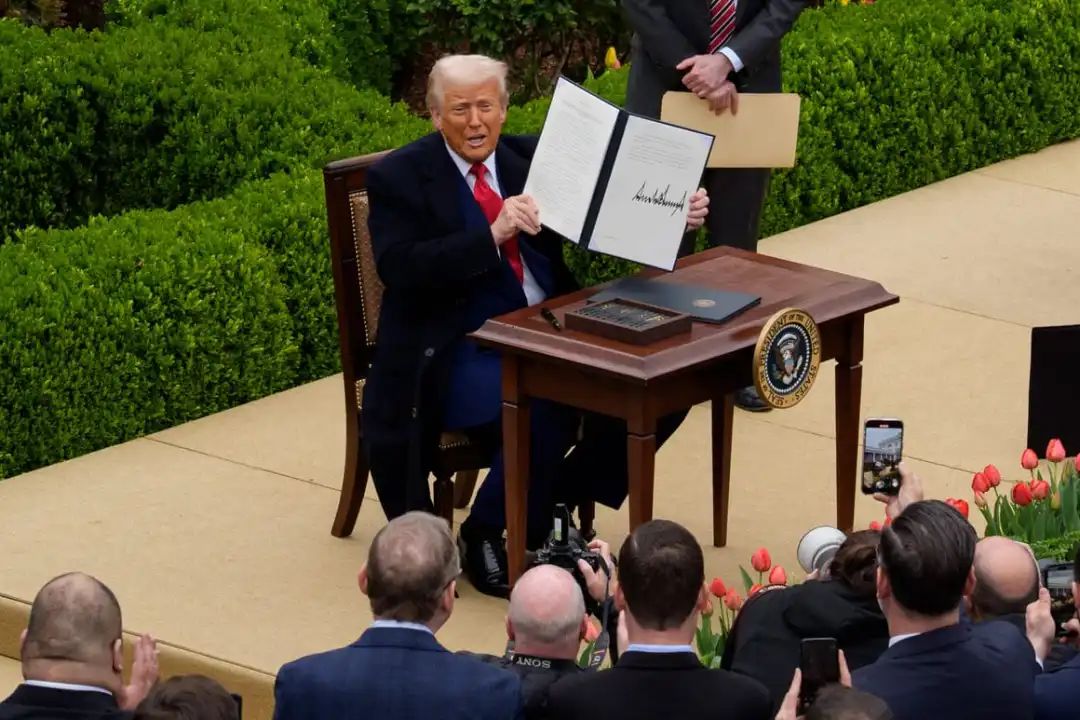
1. Full-Scale Global Trade War Erupts
The U.S. government’s reciprocal tariffs now affect even traditional allies like Israel and Japan, with China responding in kind. Since 2023, cumulative U.S. tariffs on Chinese goods reached 104% across four rounds, matched by equivalent Chinese countermeasures.
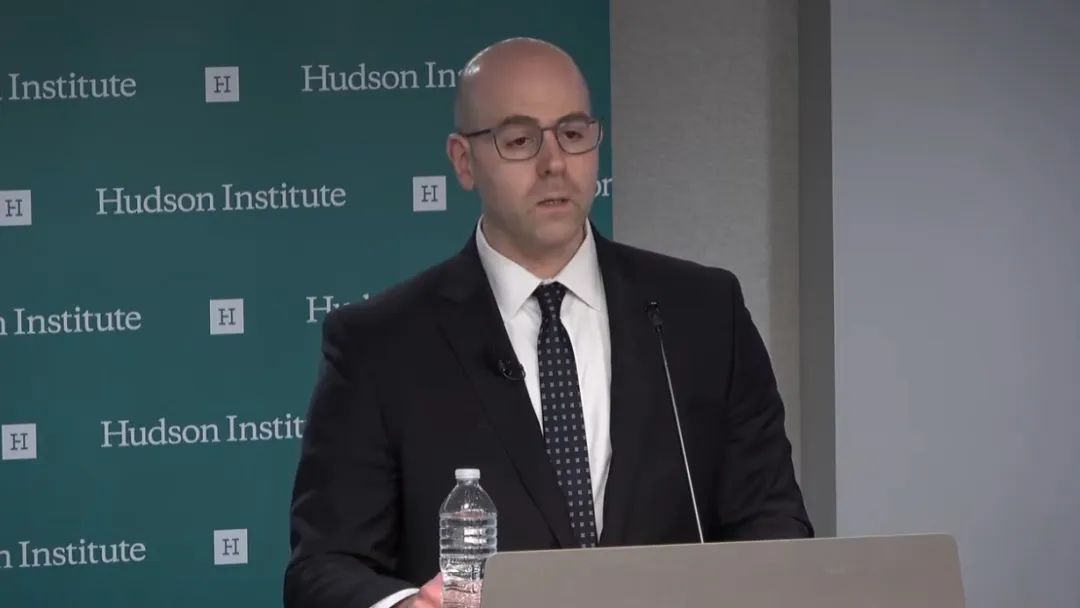
China’s Ministry of Commerce swiftly added 12 U.S. entities to export control lists and 6 companies to its unreliable entities list, demonstrating strategic resolve.
2. China’s Countermeasures Garner Global Support
A social media post praising China’s firm stance received over 500,000 likes, reflecting public willingness to endure short-term economic impacts in support of national decisions. Expert analysis attributes this solidarity to growing national confidence.
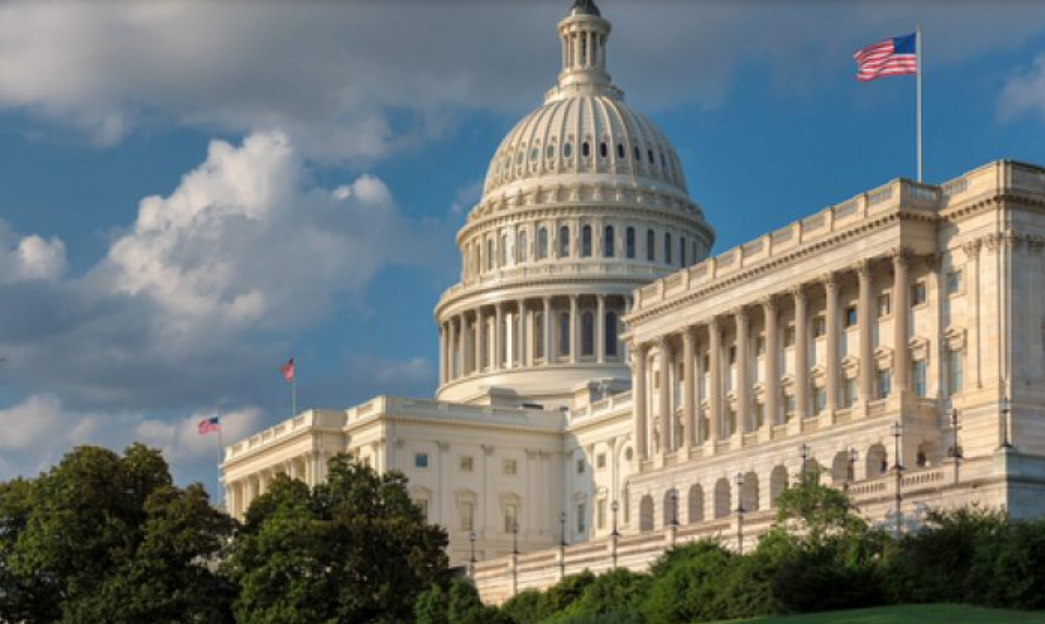
3. Strategically Timed Response
| Time Node | Market Reaction |
|---|---|
| After Chinese market close | Avoided A-share volatility |
| Before U.S. market open | Dow futures fell 1.7% |
| Next trading session | Market digestion period enabled |
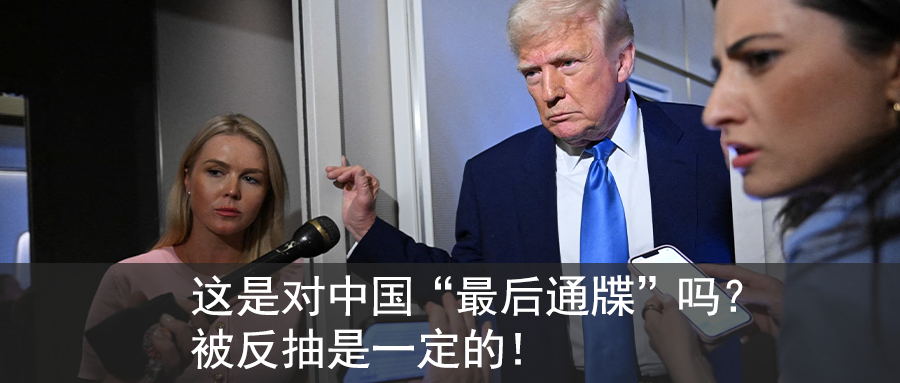
4. U.S. Unilateralism Sparks Backlash
The Trump administration’s “modern tribute system” demands:
- Unilateral tariff acceptance
- Full market access
- Increased U.S. military purchases
- Expanded U.S. investment
- Direct financial contributions
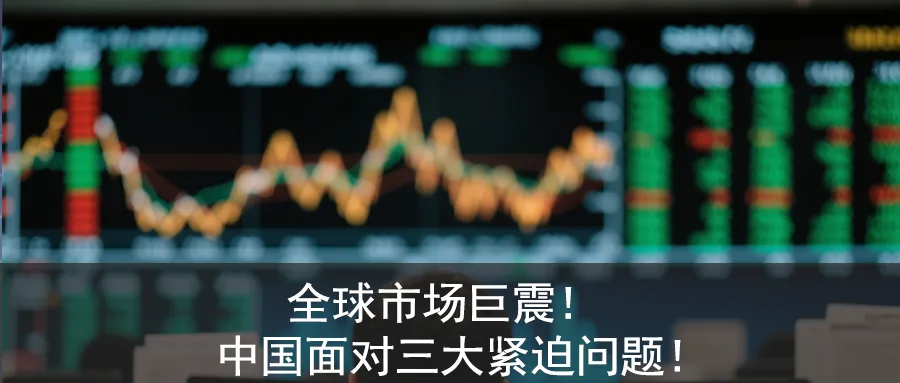
5. Fundamental Conflict Dynamics
U.S. demands include:
- China-initiated negotiations under pressure
- $350B energy purchase threshold for EU
- “Maximum pressure” tactics
Analysts criticize three strategic miscalculations:
- Underestimating sovereignty resolve
- Overestimating sanction effectiveness
- Ignoring economic interdependence
6. Economic Resilience Comparison
United States: $35T federal debt, midterm election pressures
China: $3.2T forex reserves, 6-month PMI expansion
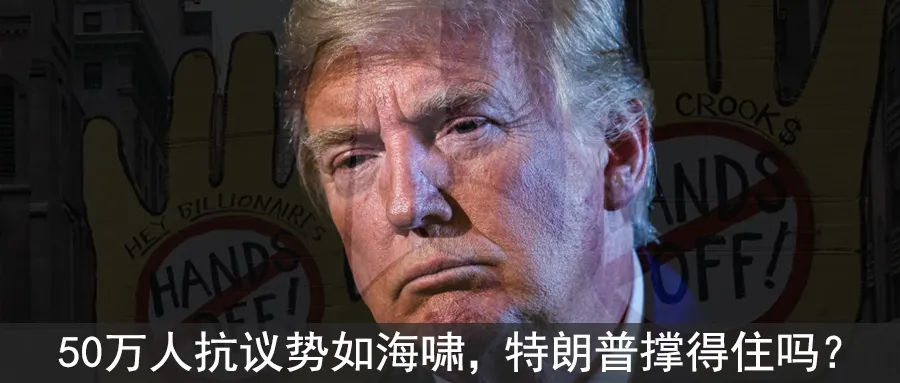
7. Global Ripple Effects
World Bank projections warn:
- 12% trade volume contraction
- $400B developing nation export losses
- $1.5T supply chain restructuring costs
Most impacted sectors:
- Consumer electronics
- New energy vehicles
- Medical equipment
- Agriculture
- Energy products
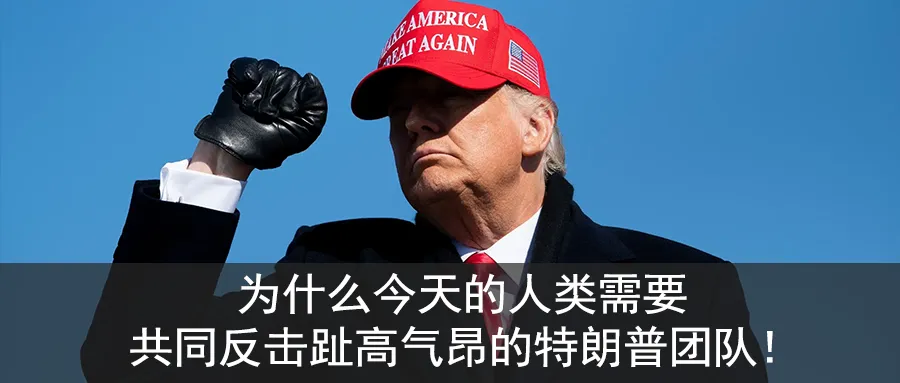
8. Future Scenarios
- Short-term compromise: Tariff ceasefire at current levels
- Multilateral mediation: WTO-framework resolution
- Long-term confrontation: Parallel trading systems
67 nations urge WTO preservation while IMF warns 1.5% GDP growth reduction risk.
Conclusion: Historical Tide Turns
This tariff war epitomizes international order restructuring. While the U.S. weaponizes tariffs to maintain hegemony, China’s strategic resolve redefines global economic governance. History shows protectionism fails against cooperative tides – a new trade equilibrium emerges through conflict and adjustment.
